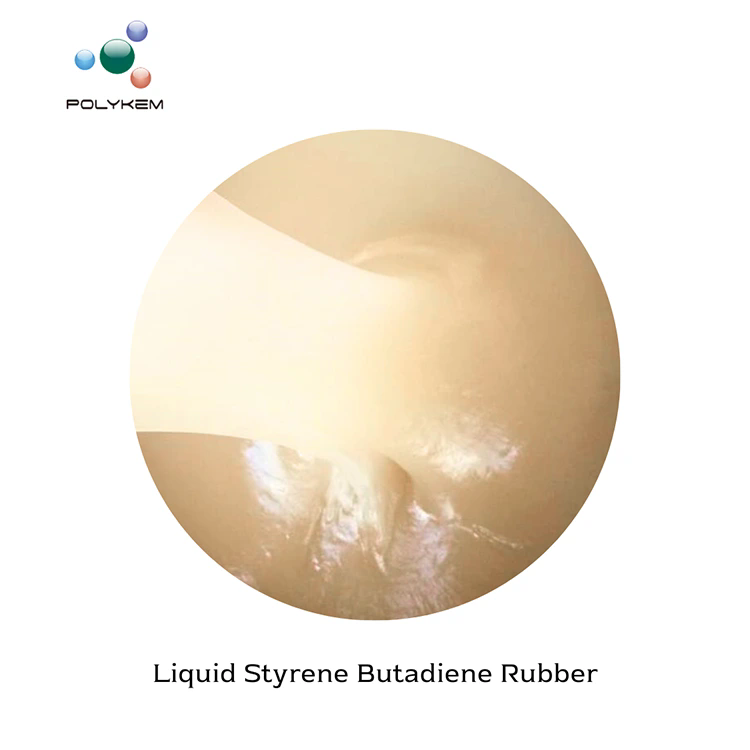What Is Synthetic Rubber and Why Is It Important in Modern Industry?
2025-07-15
Synthetic rubber is a man-made elastomer created through the polymerization of petroleum-based monomers. Unlike natural rubber, which is harvested from rubber trees, synthetic rubber is produced chemically in factories. It offers a wide range of properties that can be tailored for specific applications, making it an essential material in countless industries today.
How Is Synthetic Rubber Made?
Synthetic rubber is typically made by polymerizing monomers such as butadiene, styrene, isoprene, or ethylene-propylene. The most common types include:
SBR (Styrene-Butadiene Rubber): Used in tires and footwear.
NBR (Nitrile Butadiene Rubber): Resistant to oil and chemicals, ideal for seals and hoses.
EPDM (Ethylene Propylene Diene Monomer): Excellent for outdoor use due to weather resistance.
Butyl Rubber (IIR): Known for its air impermeability—used in inner tubes and sealing systems.
The specific type and process determine the rubber's flexibility, durability, chemical resistance, and temperature tolerance.

What Are the Advantages of Synthetic Rubber?
1. Customizable Properties
Synthetic rubber can be engineered to meet precise performance needs, from high elasticity to oil resistance.
2. Consistency and Purity
Since it's factory-made, synthetic rubber has uniform quality, free from natural contaminants.
3. Weather and Chemical Resistance
Many synthetic rubbers perform well under extreme conditions, making them ideal for automotive, industrial, and aerospace use.
4. Cost-Effective and Scalable
Easier to produce in large quantities than natural rubber, especially during supply shortages.
Where Is Synthetic Rubber Used?
Automotive: Tires, belts, hoses, gaskets, and seals.
Industrial: Conveyor belts, vibration mounts, insulation.
Consumer Goods: Shoe soles, sports equipment, rubber gloves.
Construction: Roofing membranes, sealants, and expansion joints.
Medical: Gloves, tubing, and pharmaceutical stoppers (especially latex-free alternatives).
What Are the Challenges?
While synthetic rubber offers many advantages, it’s also petroleum-based, which raises environmental concerns. Efforts are ongoing to develop bio-based synthetic rubbers and improve recycling methods.
Conclusion
Synthetic rubber is a vital material that supports countless aspects of modern life, from cars to medical devices. With its customizable properties and broad applications, it continues to replace or complement natural rubber in many fields. As technology advances, synthetic rubber is also evolving toward greener, more sustainable solutions.


